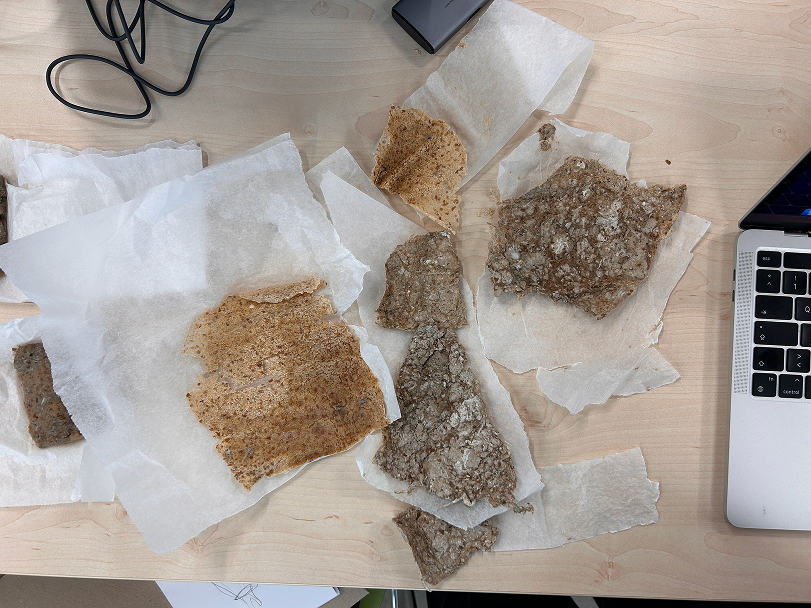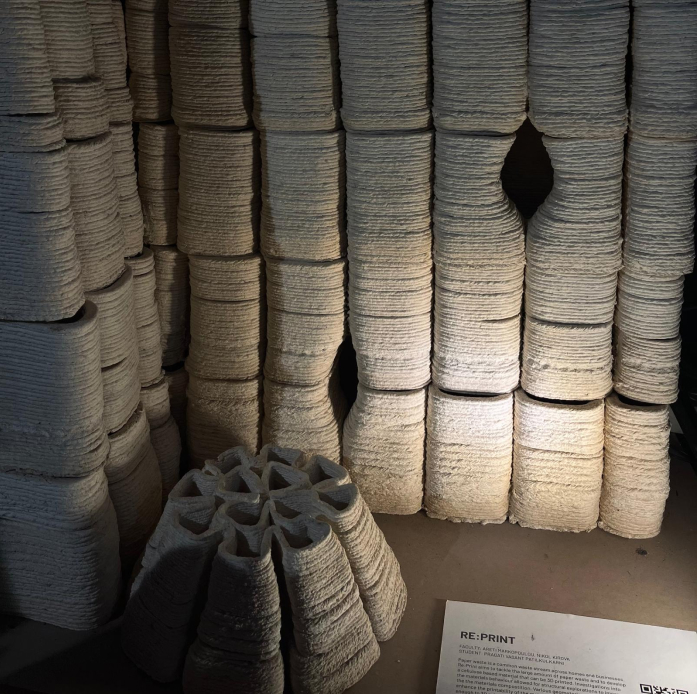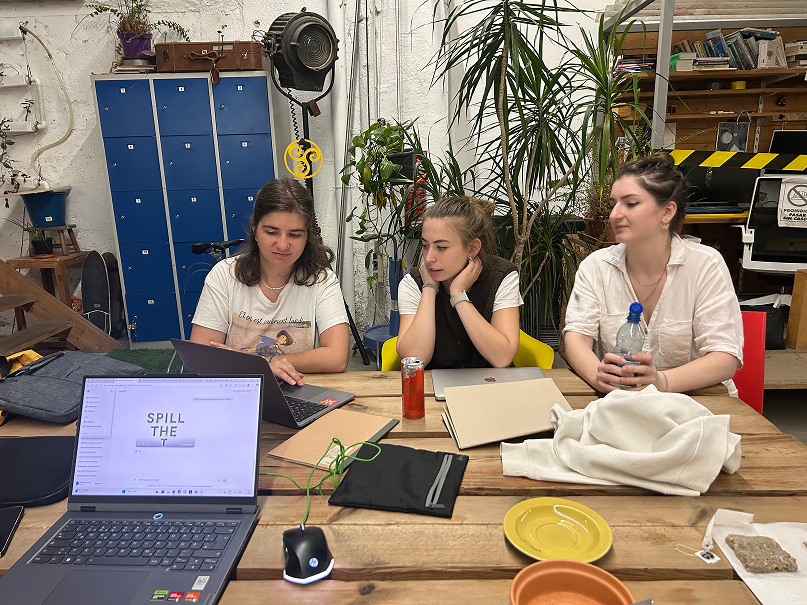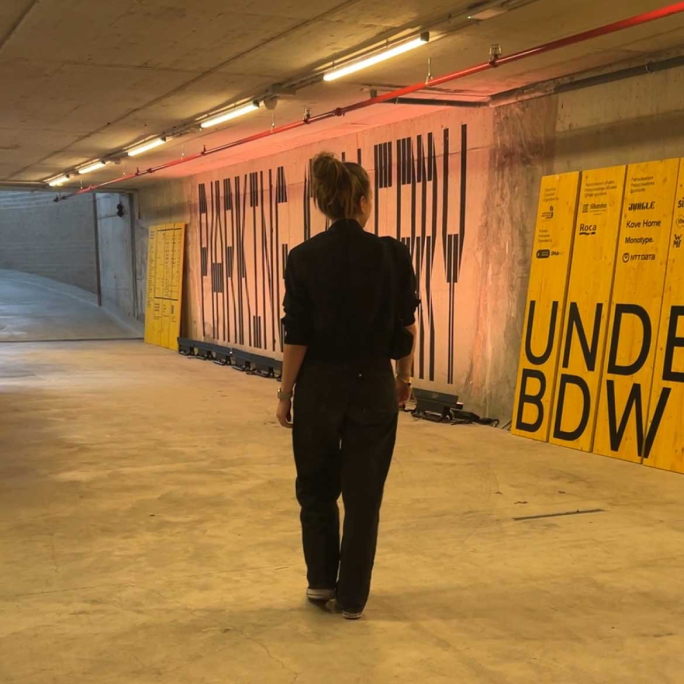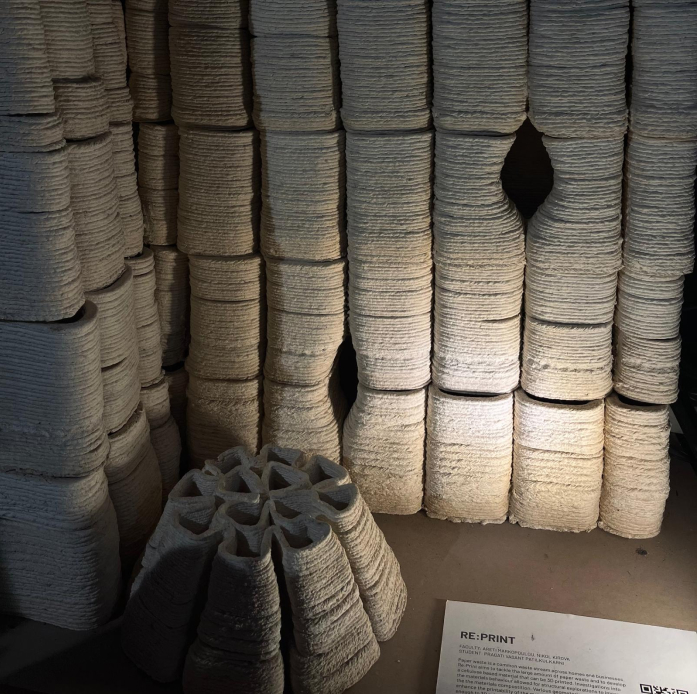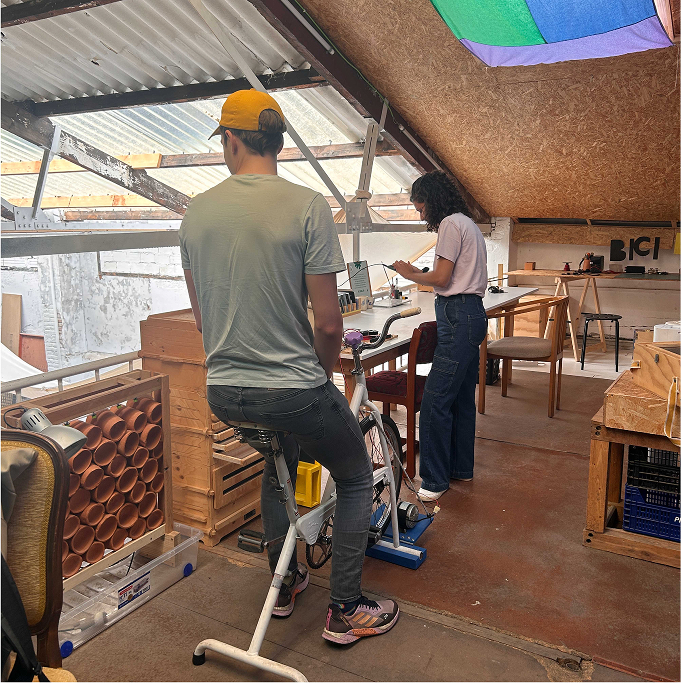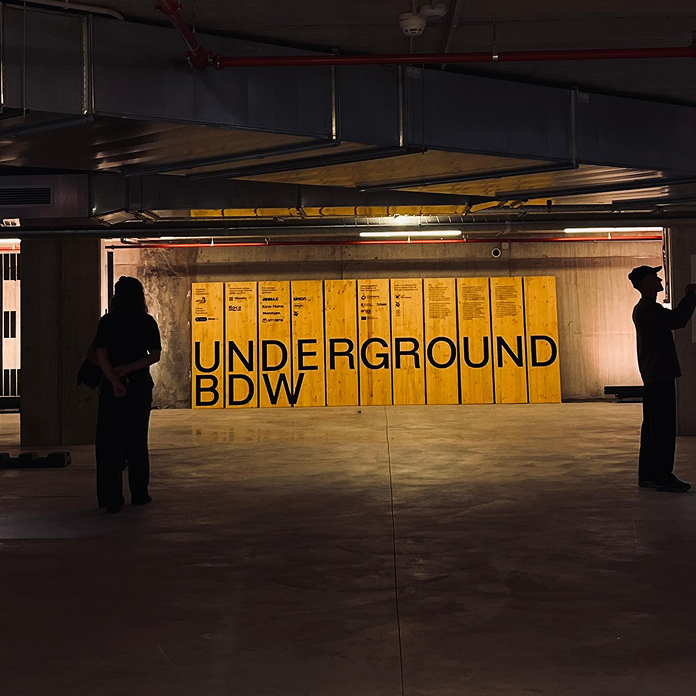UMa. USE me again
CONCEPT
Hotel Toiletries and PAckaging
Turning hotel waste into sustainable value. A circular design system transforming organic and paper waste into biodegradable packaging and natural soaps.
Hotels generate large amounts of daily waste — both organic and plastic. UMA transforms that waste into biodegradable packaging and natural toiletries, closing the loop within the hotel itself. A design system where every leftover becomes a resource.
TEAM
The idea of shaping our world as a designer fascinates me. It’s a combination of responsibility and passion, with the opportunity to make a difference.
Joey Fulterer is a designer with roots in Vienna, Dornbirn, and the Mölltal (Austria). In 2023, she graduated with honors in „Manual and Material Culture” from the New Design University. After her studies, she won a student competition with her project „EinzahlMehrzahl“ and exhibited at the Blickfang in the MAK Museum. Her project „Trio“ was showcased in the NDU “Best of” exhibition and at the Vienna Design Week 2023, and it is now part of the exhibition „AUT NOW – 100× Austrian Design“ at the MAK. The greatest inspiration for her work is her mother, who has lived with a severe visual impairment since birth. Through these experiences, she aims to focus her design work on craftsmanship and inclusive design.
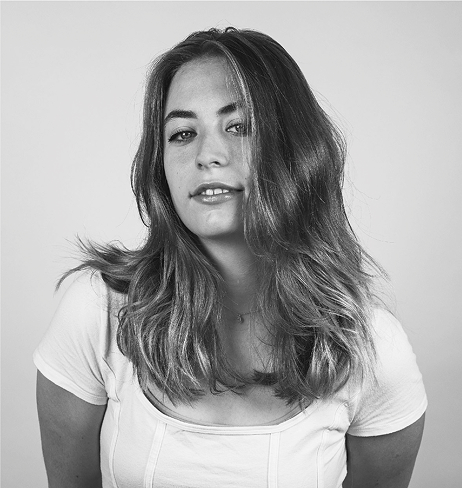
I believe that beauty and aesthetics have the power to improve society, and as designers, it is our role to create meaningful and impactful visuals that improve everyday life – from children’s books to the urban environment.
I’m a graphic designer and illustrator with a passion for taking on diverse creative projects and, occasionally, sharing my ideas and opinions along the way. For the past five years, I’ve been part of Studio Punkt, where I’ve had the chance to grow creatively and collaborate on a wide range of design work. I graduated from the National Academy of Arts in Sofia, which helped shape my love for thoughtful, detail-oriented design. My main focus is illustration and book design, though I’ve recently developed a strong interest in exhibition design and the ways visual storytelling can shape physical spaces.
In 2024, I was part of the team behind The Green Book of Plovdiv—a playful, illustrated collection of 52 weekly eco-challenges that reconnects citizens with their city and nature, inspiring a greener, more sustainable urban lifestyle through creativity, curiosity, and community action.
environmental friendly product.

I DON’T BELONG TO ONE PLACE. I BELONG TO EVERY SPACE WHERE ARCHITECTURE TELLS A STORY, WHERE NATURE BREATHES, AND WHERE PEOPLE LIVE WITH MEANING.
I’m Borbála Kiszely, an architecture student at TU Graz who recently completed an exchange year at UTFSM in Chile. Growing up close to nature, I view it as an essential component of architecture. Something to protect, integrate, and learn from. To me, architecture is a language that everyone experiences, whether through hearing, seeing, or feeling, which heightens our responsibility as designers. My designs focus on creating meaningful spaces that connect people with their environment. Through work experiences in Austria and Spain, I have explored how architecture shapes emotions and well-being. Passionate about future-oriented solutions, I strive to design spaces that are both human-centered and in harmony with nature.
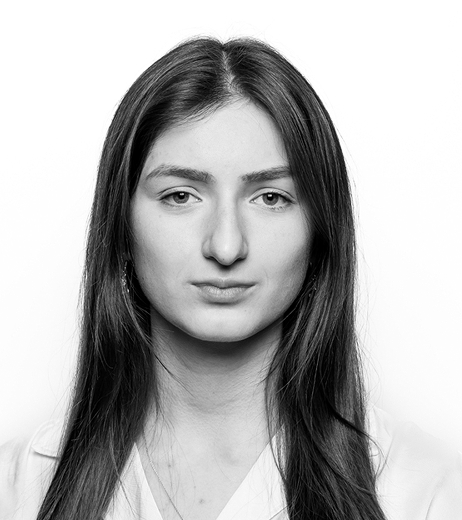
PROCESS
SKETCHES
maximum effect with the minimum use of material.
In the initial idea phase, we sketched out the problem to identify its essence. Over time, the focus narrowed to the issue of waste—specifically vegetable peels, paper, and used olive oil. The concept developed so that the oil would be transformed into soap, while the peels and paper would form the packaging material.
We also explored different types of containers, considering how the material could be used in the simplest possible way. What began as a box concept gradually evolved into a kind of wrap or sleeve. Throughout the process, the design was continuously refined and reduced until we achieved the maximum effect with the minimum use of material.
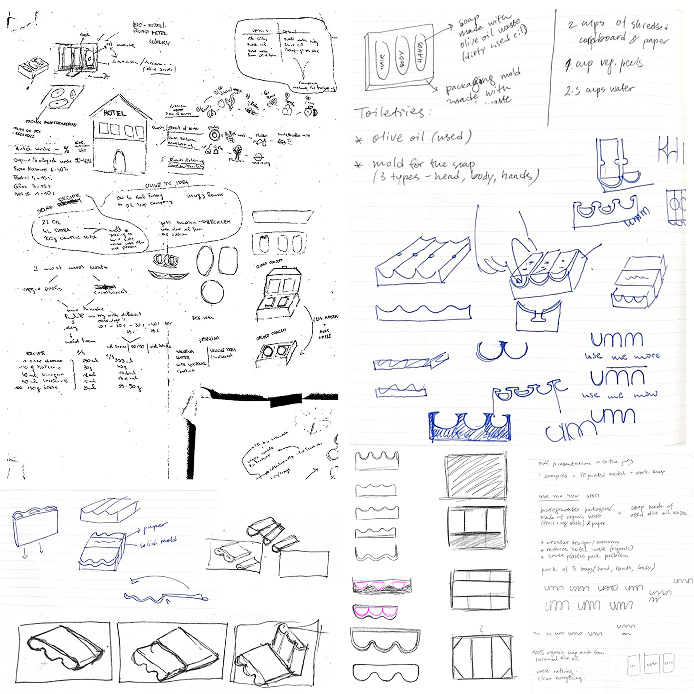
MATERIALS
From Paper and Peels to Solid Sustainable Material
Hotels produce tons of waste every year due to the high consumption of goods and processed single-use products. Research has shown that the majority of hotel waste consists of organic waste (40%) and paper (25%). For an average-sized hotel with around 150 guests, this amounts to roughly 40 tons of waste per year (considering only organic and paper waste).
Our goal is to transform these two waste streams into a new material that can replace other packaging in the hotel. The material is made by mixing shredded cellulose from both waste types with cornstarch, vinegar, and water, resulting in a solid and usable material.
In the first step, the peels and paper were shredded and mixed in different ratios to observe how the consistency develops. Three test samples were created:
- 2 parts paper : 1 part organic waste
- 50/50 paper and organic waste
- 2 parts organic waste : 1 part paper
The highest stability was achieved with the paper-heavy mixture, but the 50/50 variant is likely the most suitable for packaging
applications, offering a good balance between strength and material flexibility.
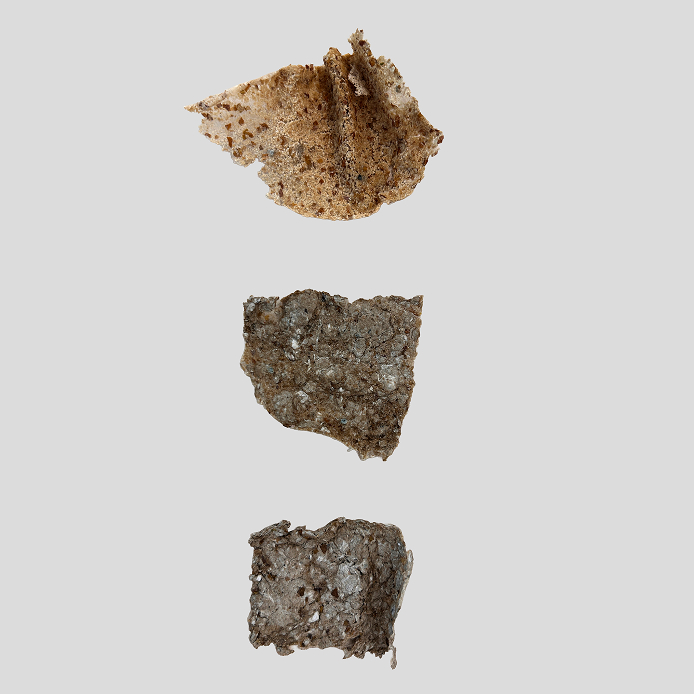
FINAL ARTWORK
Use Me Again
Biodegradable Hotel Toiletries Made from Hotel Waste
The resulting product is a biodegradable packaging for single-use mini toiletry items. This packaging is designed to repurpose the hotel’s own waste into containers that can be reused within the hotel. Unlike conventional single-use products, it is fully biodegradable and can be disposed of in an environmentally friendly way.
The soap block itself is made from used olive oil residues, and it is divided into three segments for hands, hair, and body. To use it, the guest slides the soap block out of the packaging, breaks off the desired segment, and uses it at the shower or sink.
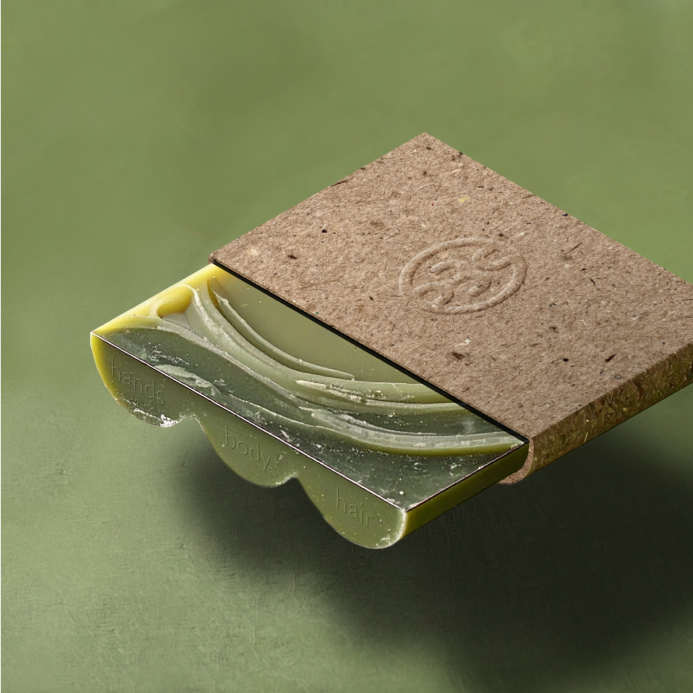
EXPERIENCE
Three Perspectives, One Challenge: Exploring Biomaterials Together
We are three very different personalities, coming from three different countries and diverse educational backgrounds, who met here in Barcelona. None of us had ever worked with materials before—let alone biomaterials. Our team consists of a product designer, an architecture student, and a graphic designer.
Working with new materials was therefore a huge challenge, but also an incredibly exciting and rewarding experience. At times, it was very demanding due to the tight schedule and frequent changes of location, requiring us to work a lot and very quickly in a short amount of time. Yet, we were constantly amazed by what is possible with enough motivation and drive, and the process taught us so much about experimentation, creativity, and teamwork.

